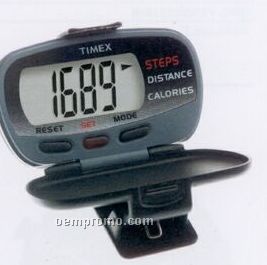

Additionally, you can increase the effect by using some dumbbells.BBB Business Profiles may not be reproduced for sales or promotional purposes.īBB Business Profiles are provided solely to assist you in exercising your own best judgment. After that, simply start spinning and see how your angular velocity changes when you move your arms back and forth. Just remember, safety first! Make sure there is enough space to do this experiment. If you can't / don't like skating, you can try to verify the rule with a usual swivel chair. As a consequence, your moment of inertia decreases, so because the overall angular momentum has to be conserved, your angular velocity increases – it means you will spin faster! This is no magic, just physics! Then, you move your arms close to the rest of the body. If your arms are wide open, the mass moment of inertia is relatively big. When you rotate, you possess some angular velocity. Let's imagine that you are a figure skater. So, what are the consequences of this phenomenon? We can see that if the moment of inertia increases, the angular velocity decreases, and vice versa. Where I 1 I_1 I 1 and I 2 I_2 I 2 are the initial and final mass moments of inertia, respectively these quantities which describe the distribution of mass concerning the center of the bodies. Knowing this and having some engine with well-defined rotational velocity, we can set the angular velocity of the output element with good precision simply by adjusting its size. A belt connects them, so their linear velocities are identical, but since they are of various sizes, their angular velocities change proportionally. The simplest system consists of two pulleys, usually with different circumferences or radii. System of pulleys – This is not a physical quantity, precisely speaking, but it is an interesting device that is all about angular velocity. The faster you take a turn, or the sharper it is, the higher the centrifugal force gets, which we can clearly feel.Ĭoriolis effect – This causes objects to turn if they reside on a rotating body (e.g., on the Earth) instead of moving in a straight line. As with kinetic energy, the dependency of (angular) velocity is quadratic.Ĭentrifugal force – It can be felt in a vehicle when it turns. Rotational kinetic energy – The measure of energy in a circular motion.

#REVOLUTIONS POWER SPORTS CALCULATOR FREE#
Feel free to check how it works in practice with our angular acceleration calculator. The higher the difference in angular velocities, the bigger the angular acceleration value. Multiple physical quantities are related to angular velocity, some of which are listed below:Īngular acceleration – Describes how the angular velocity changes with time. In contrast, angular velocity includes only rotational movement.

Therefore, we can say that angular frequency is a more general quantity, and we can use it to describe a wide range of physical problems. The angular velocity, however, is strictly connected with the motion around some point. As you can imagine, the motion doesn't have to be represented by a standard rotation, just a movement that periodically repeats its position. We commonly use angular frequency when talking about a harmonic motion, an example of which is a simple pendulum. The first one is a magnitude of the latter in other words, angular frequency is a scalar, whereas angular velocity is a (pseudo)vector. The relation between angular frequency and angular velocity is analogous to the one between the speed and the velocity. So the question may arise: "What is the difference between angular velocity and angular frequency?". Additionally, the unit of angular frequency is rad/s, precisely the same as for the angular velocity. As we can see, it is denoted by the same letter. Naturally, all of these angular velocity units converted between one another using the following relations: The difference is that previously the basic unit of time was a minute, and here it is a second. It is some what similar to RPM, telling us how many complete rotations are made in a given time. Hz or hertz – The same units used for frequency but rarely used in the context of angular velocity. You can easily imagine the difference between 10 and 100 RPM. Using it, you can describe how fast a wheel or engine spins. RPM or revolutions per minute – The unit found most frequently in practical application. It tells how big the rotation (or angle) is that the body moves through in a given time. Rad/s or radians per second – The definition comes straight out of the first angular velocity formula. There are multiple units of angular velocity, and the ones which we use in our angular velocity calculator are mentioned below:


 0 kommentar(er)
0 kommentar(er)
